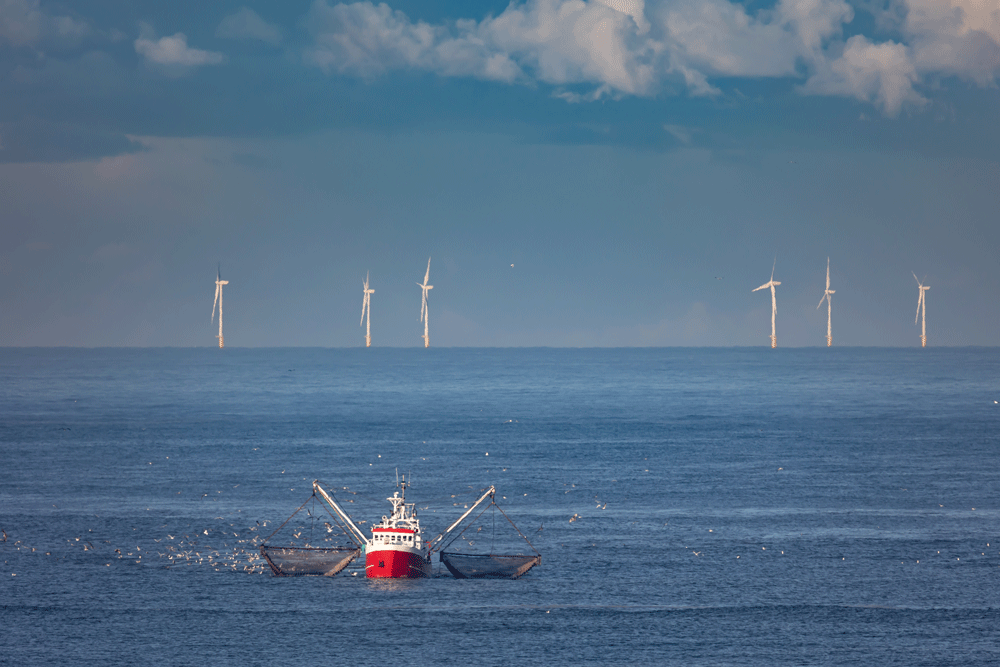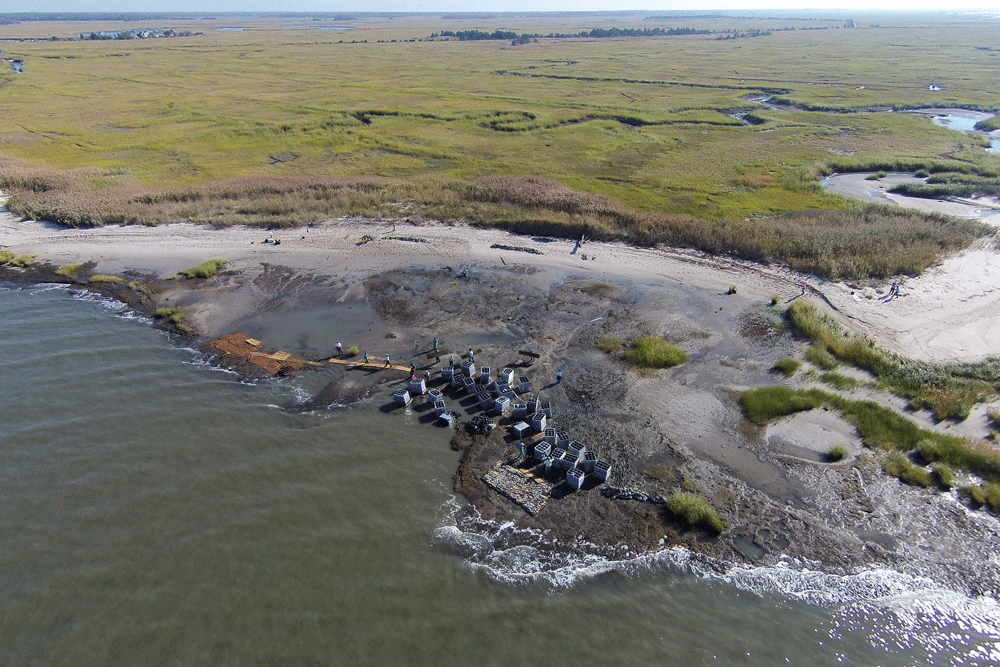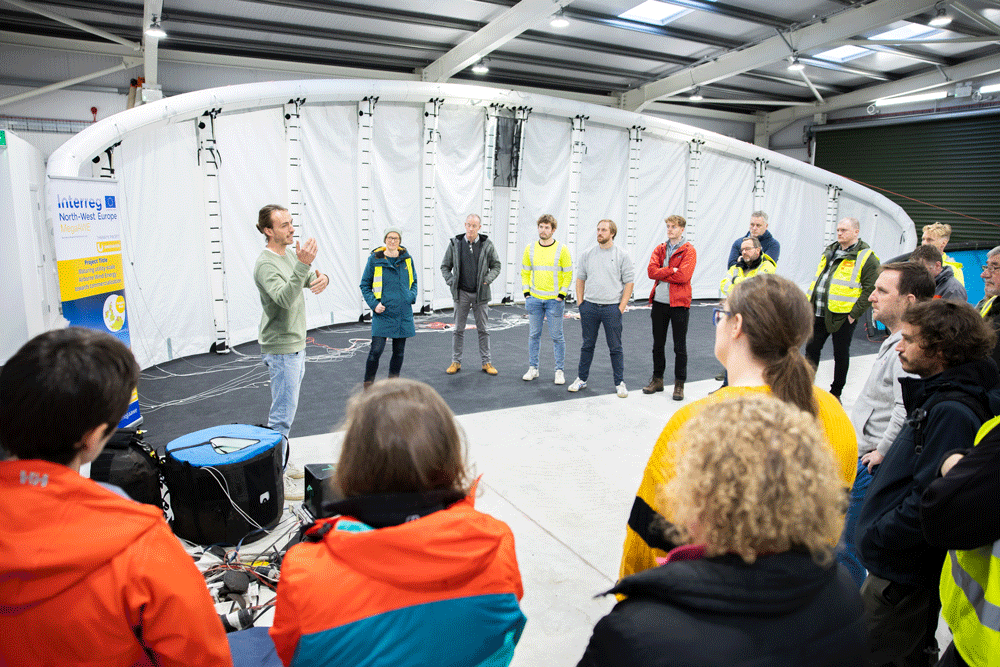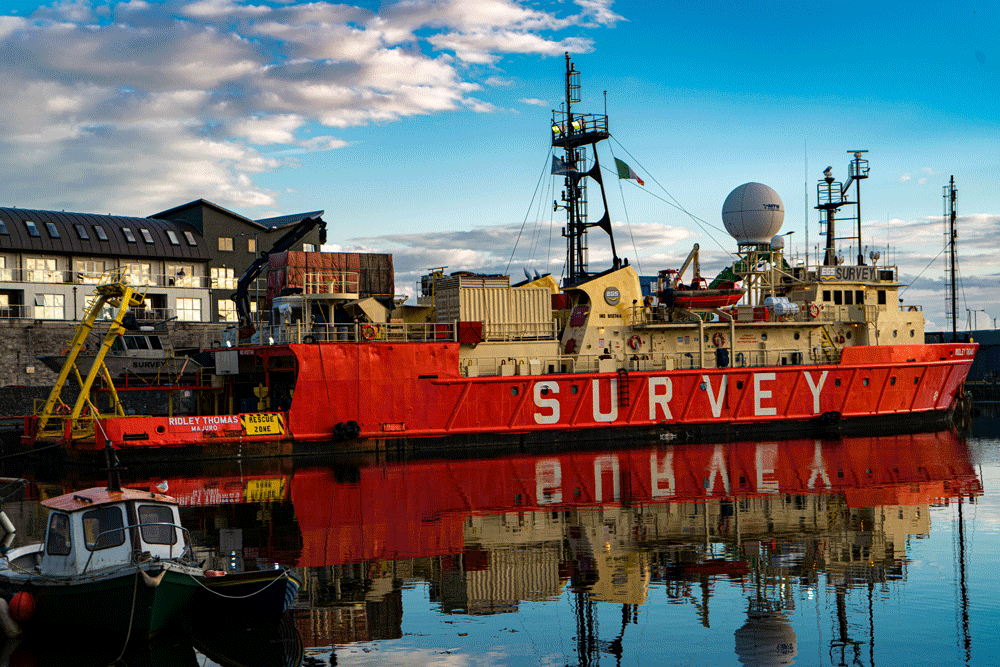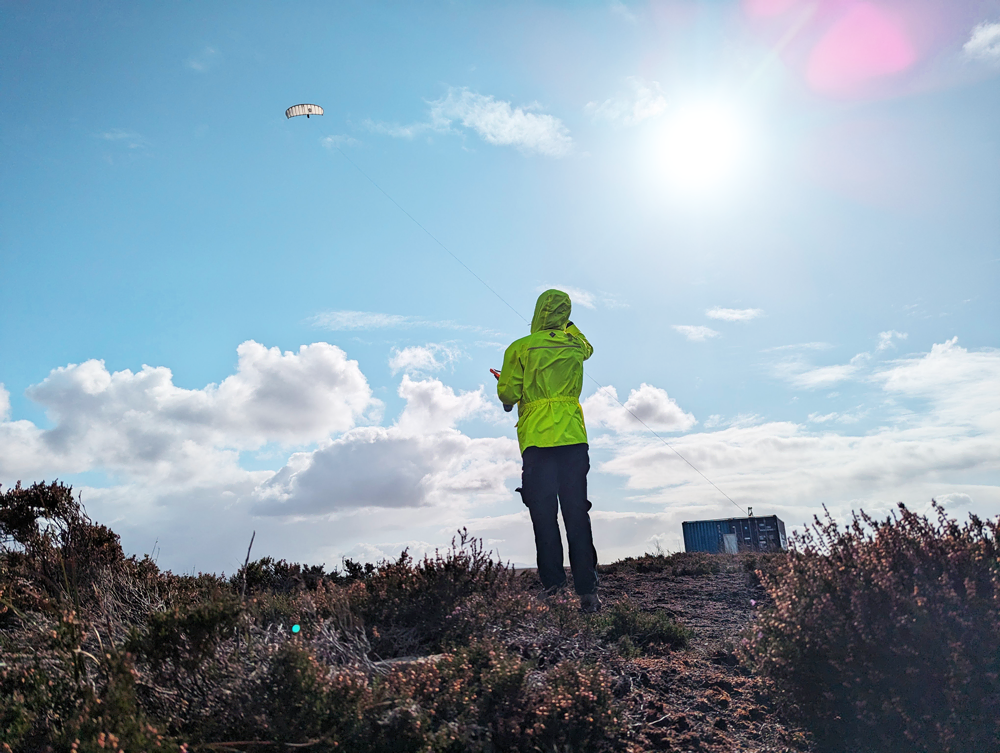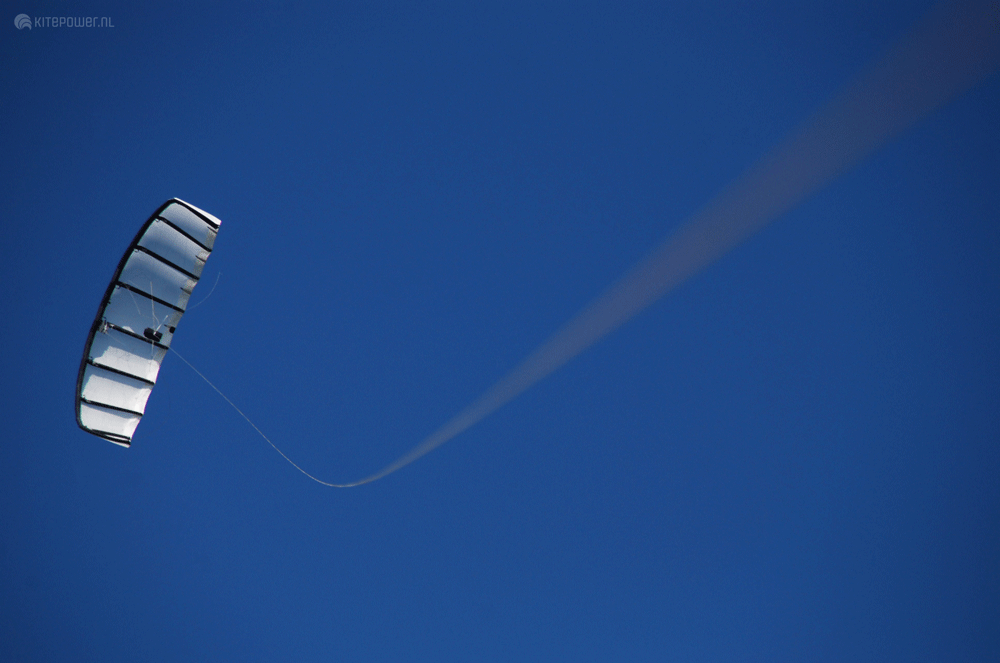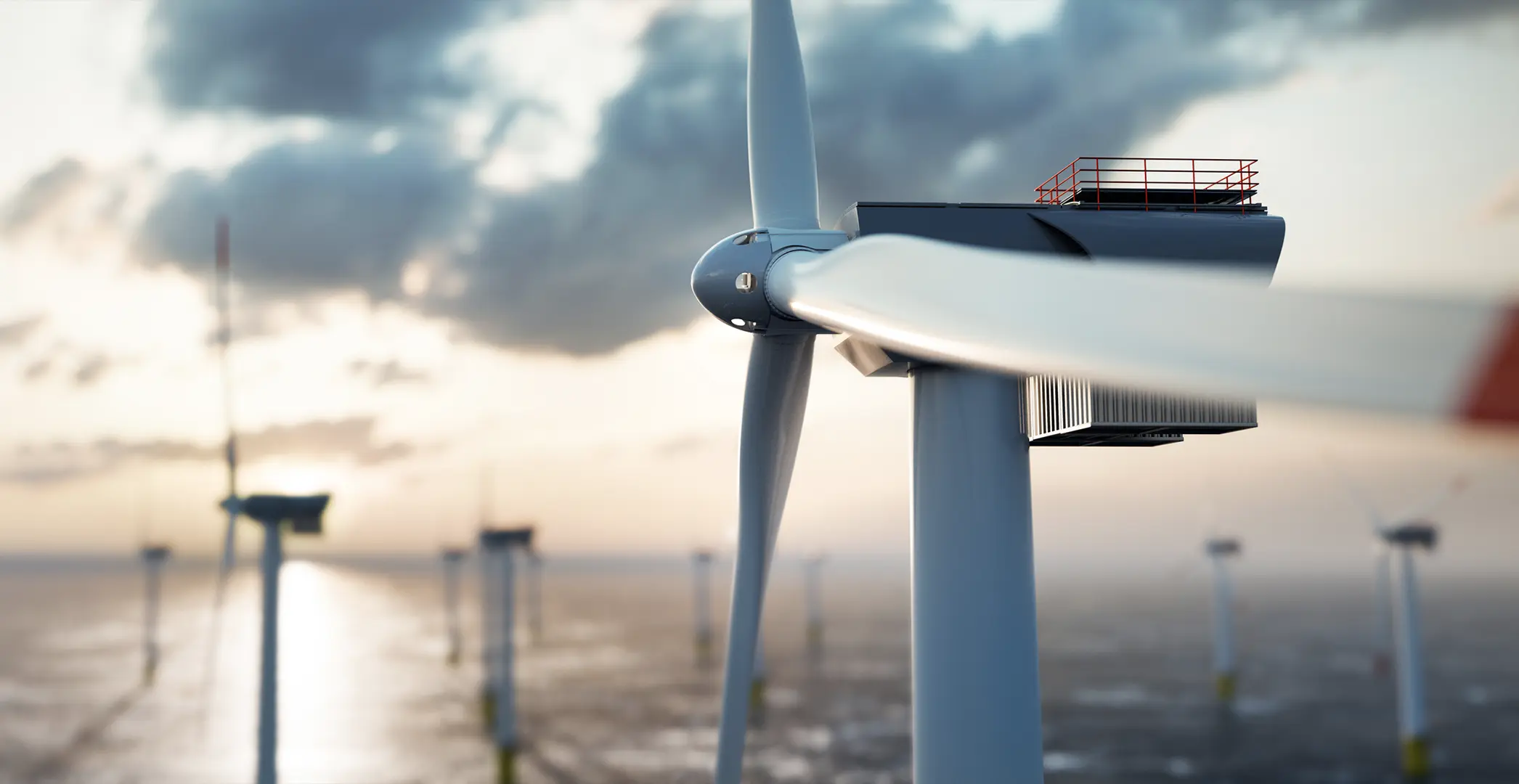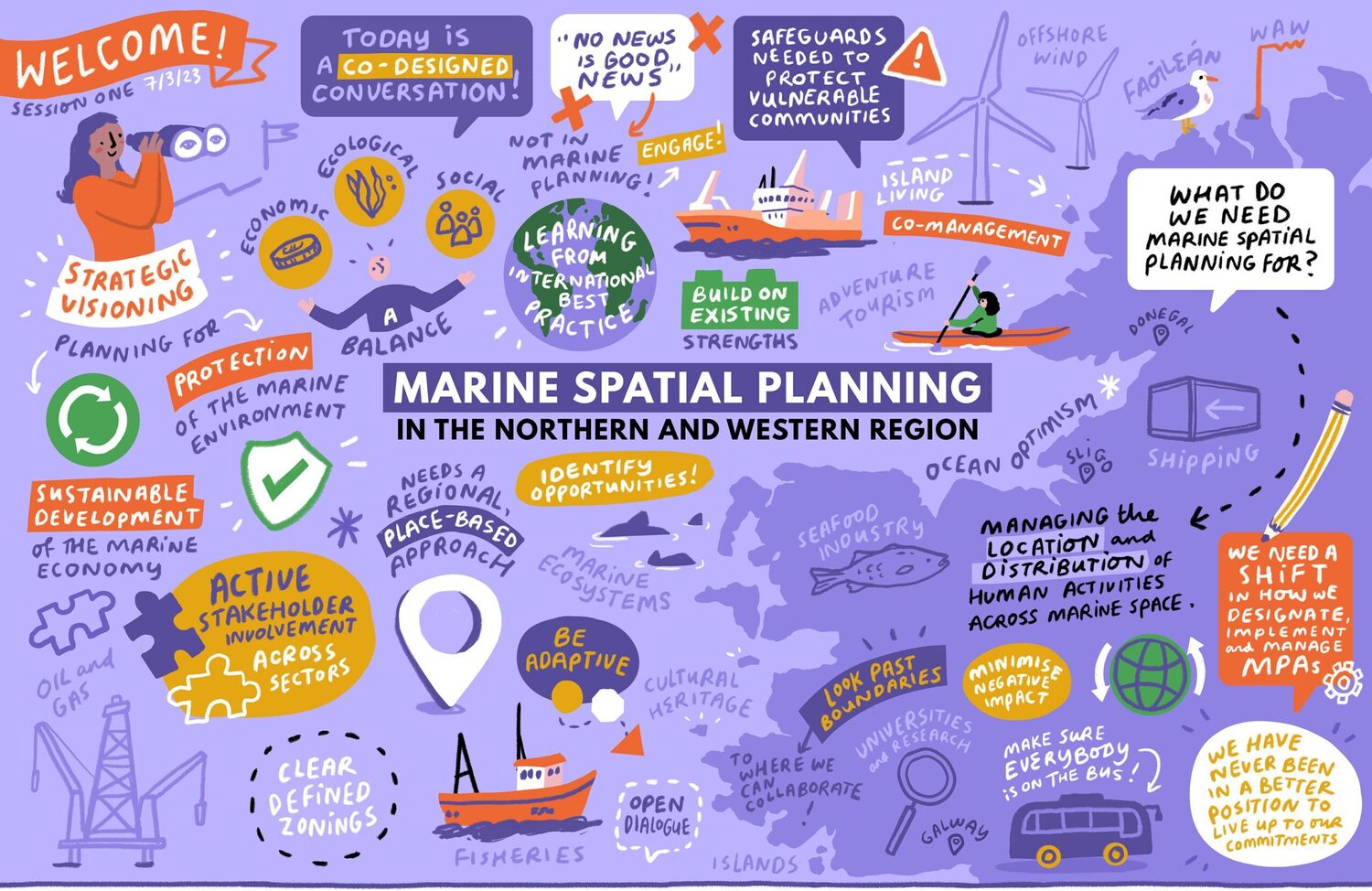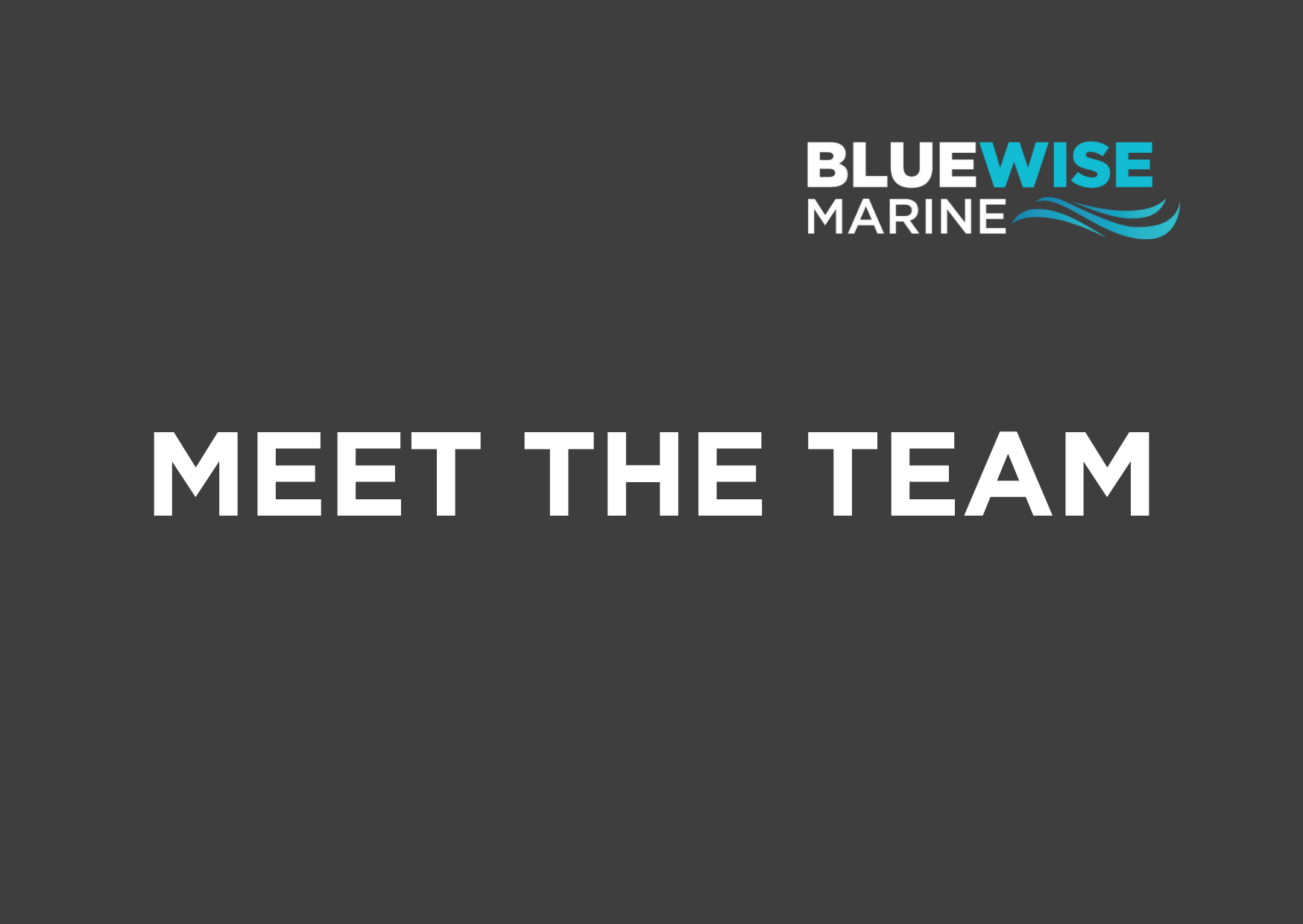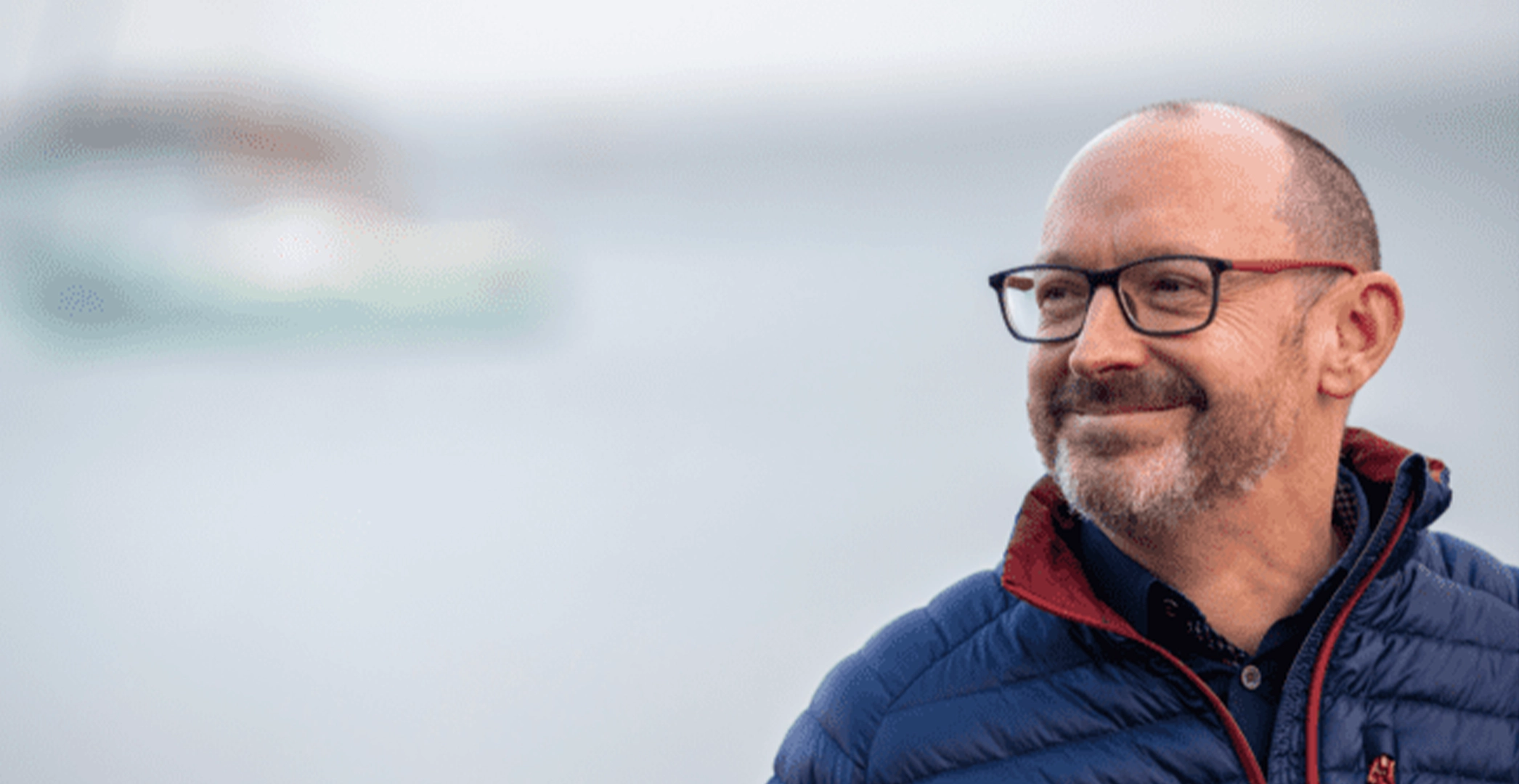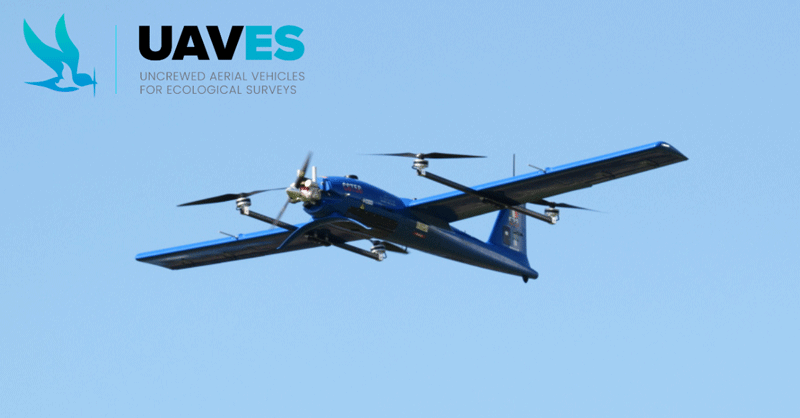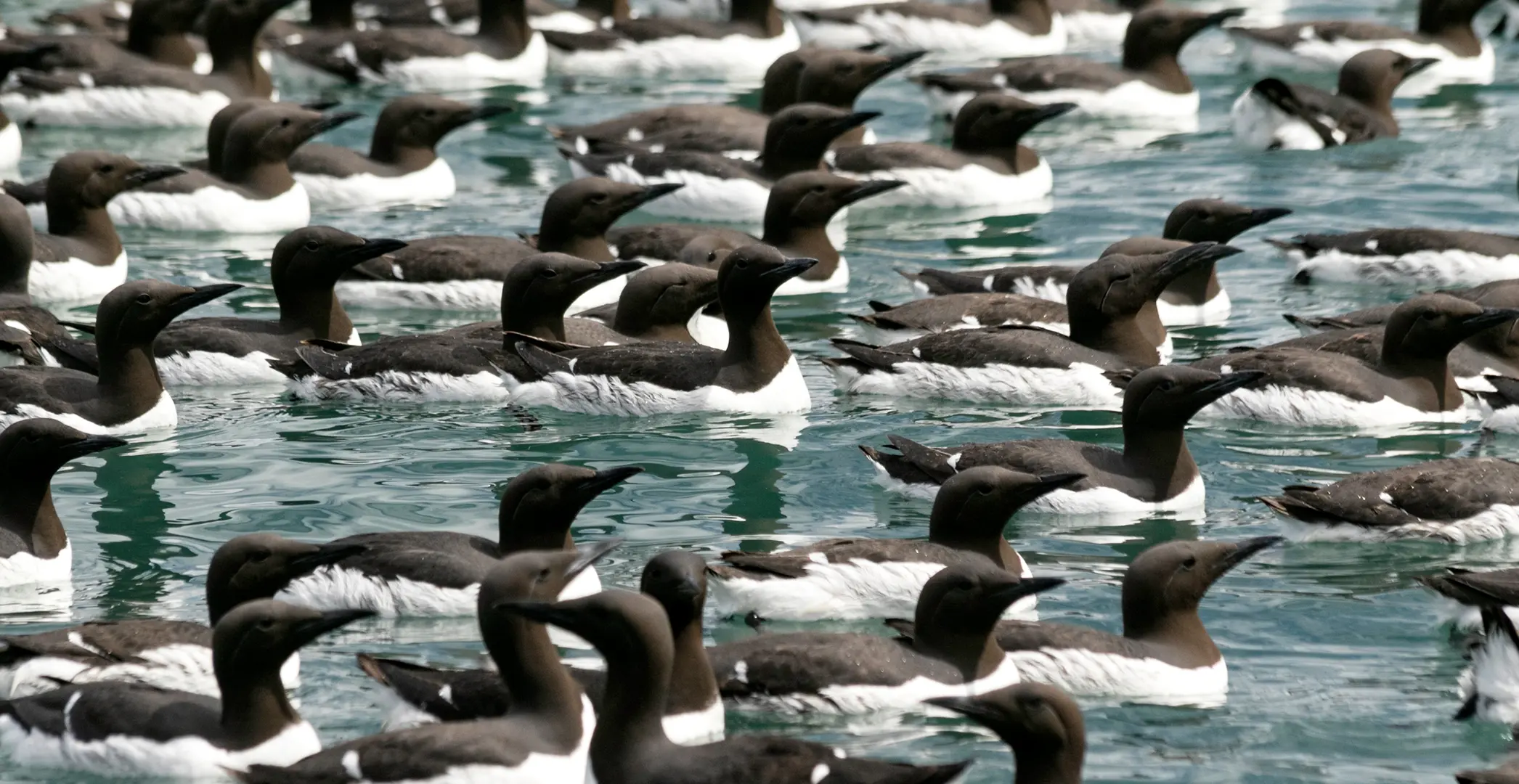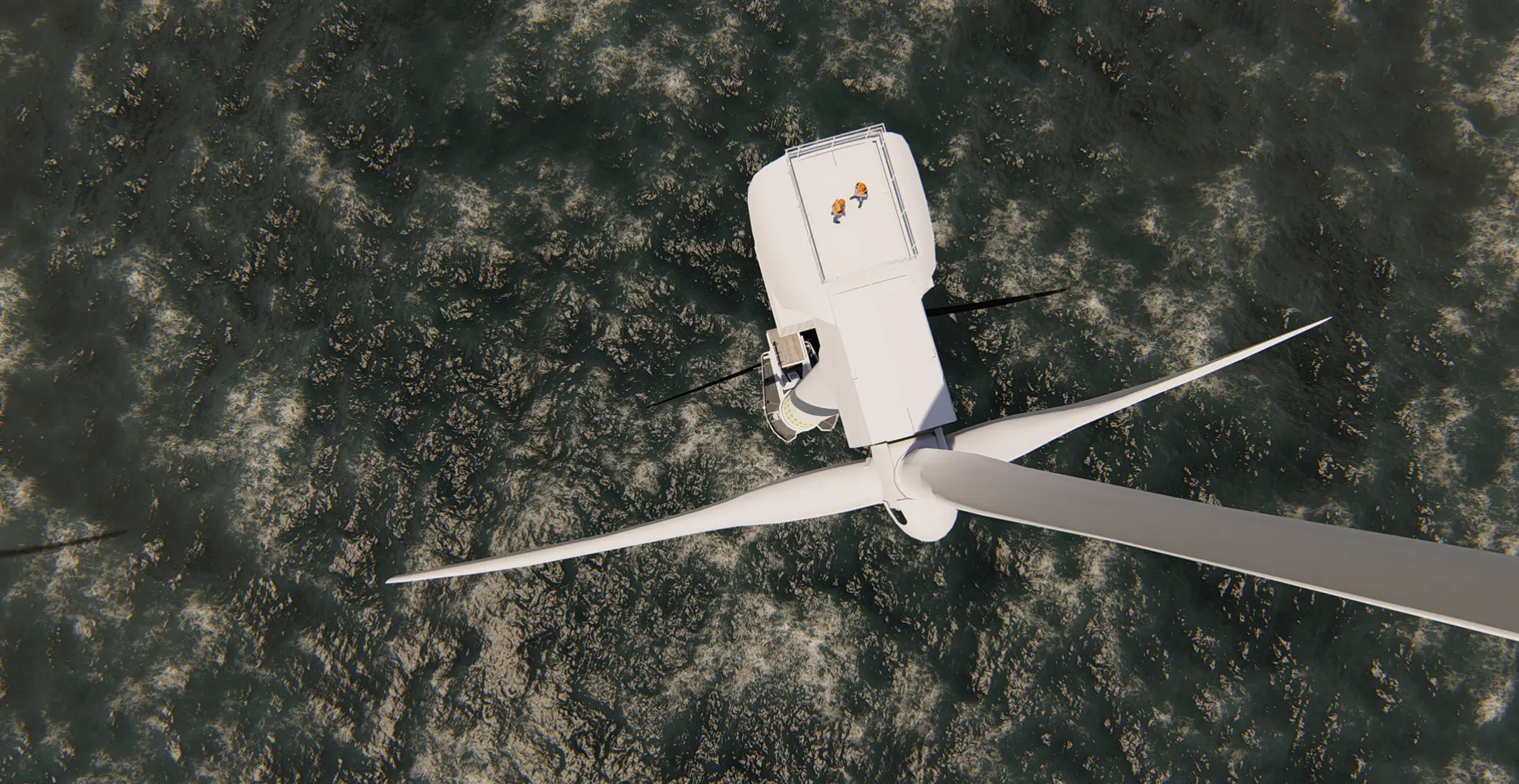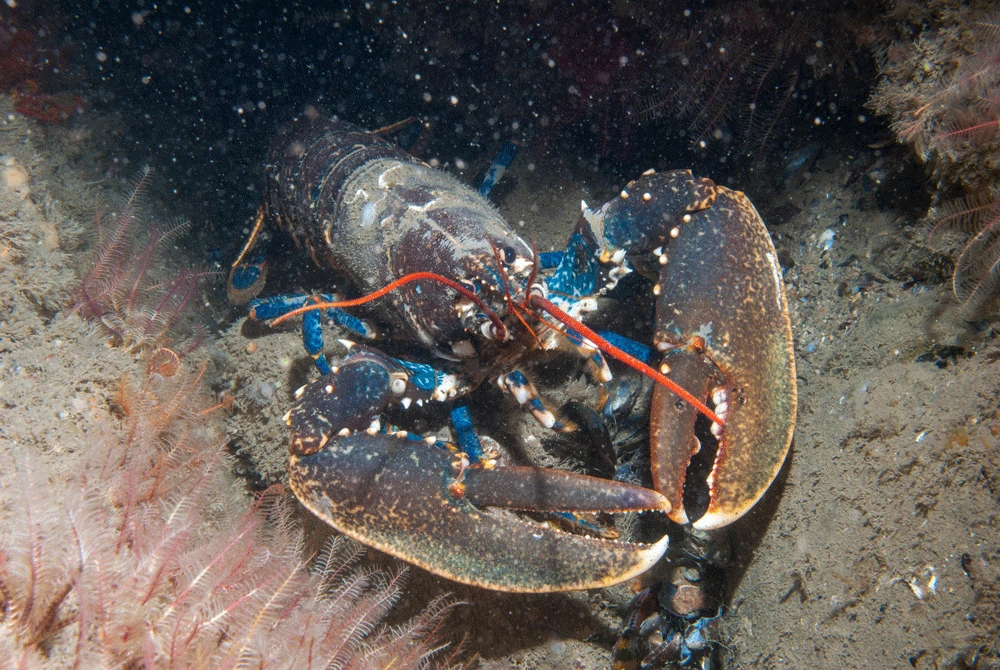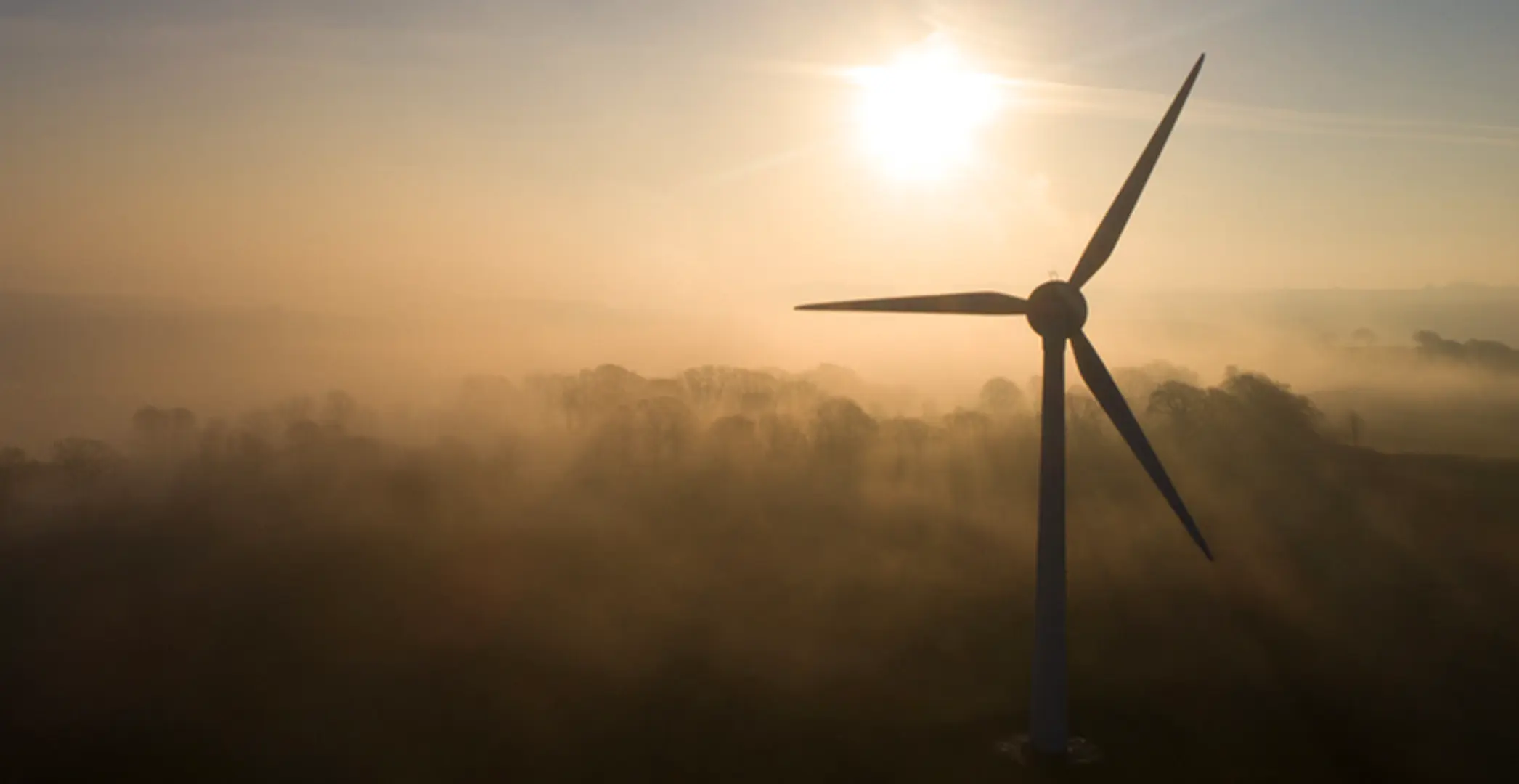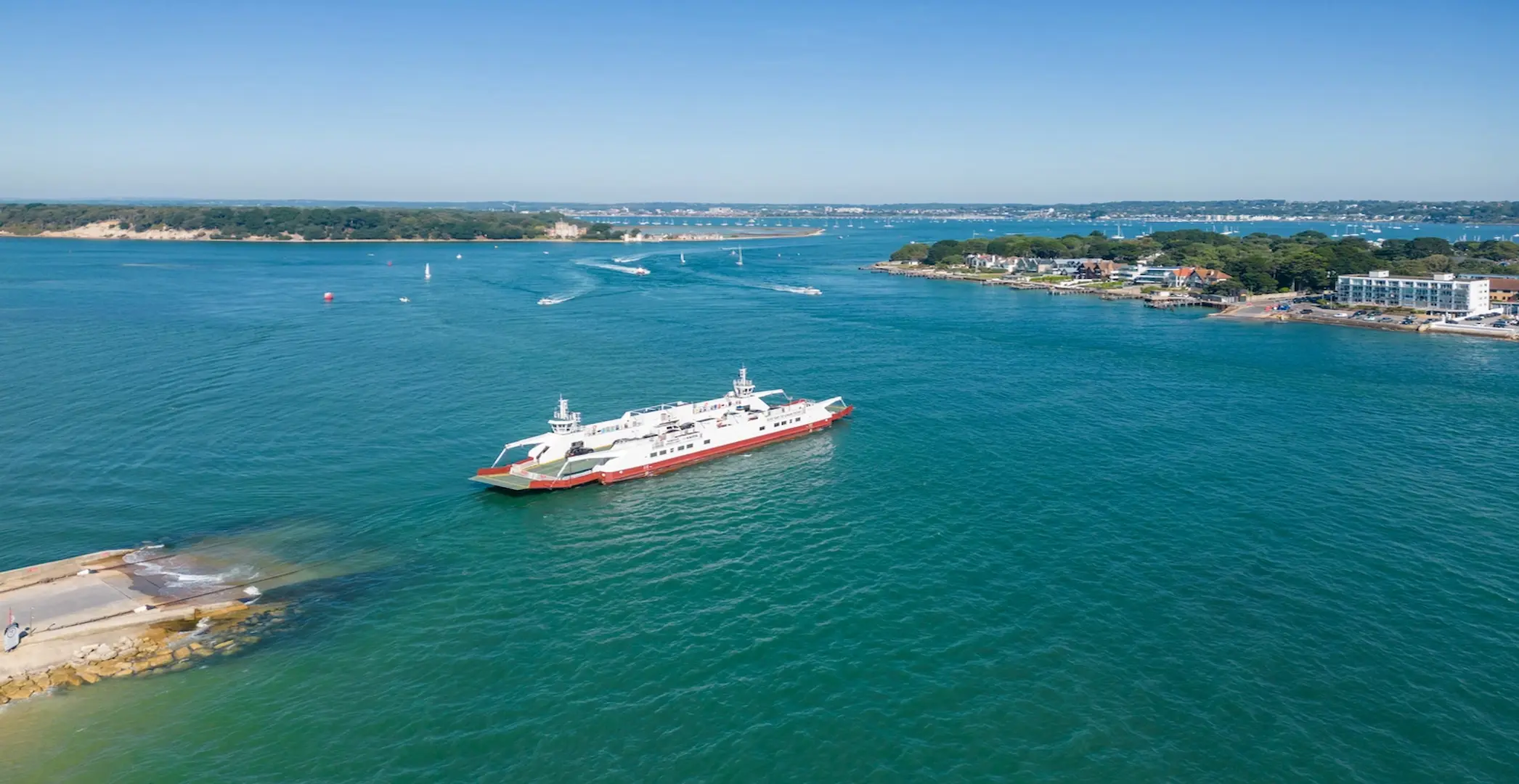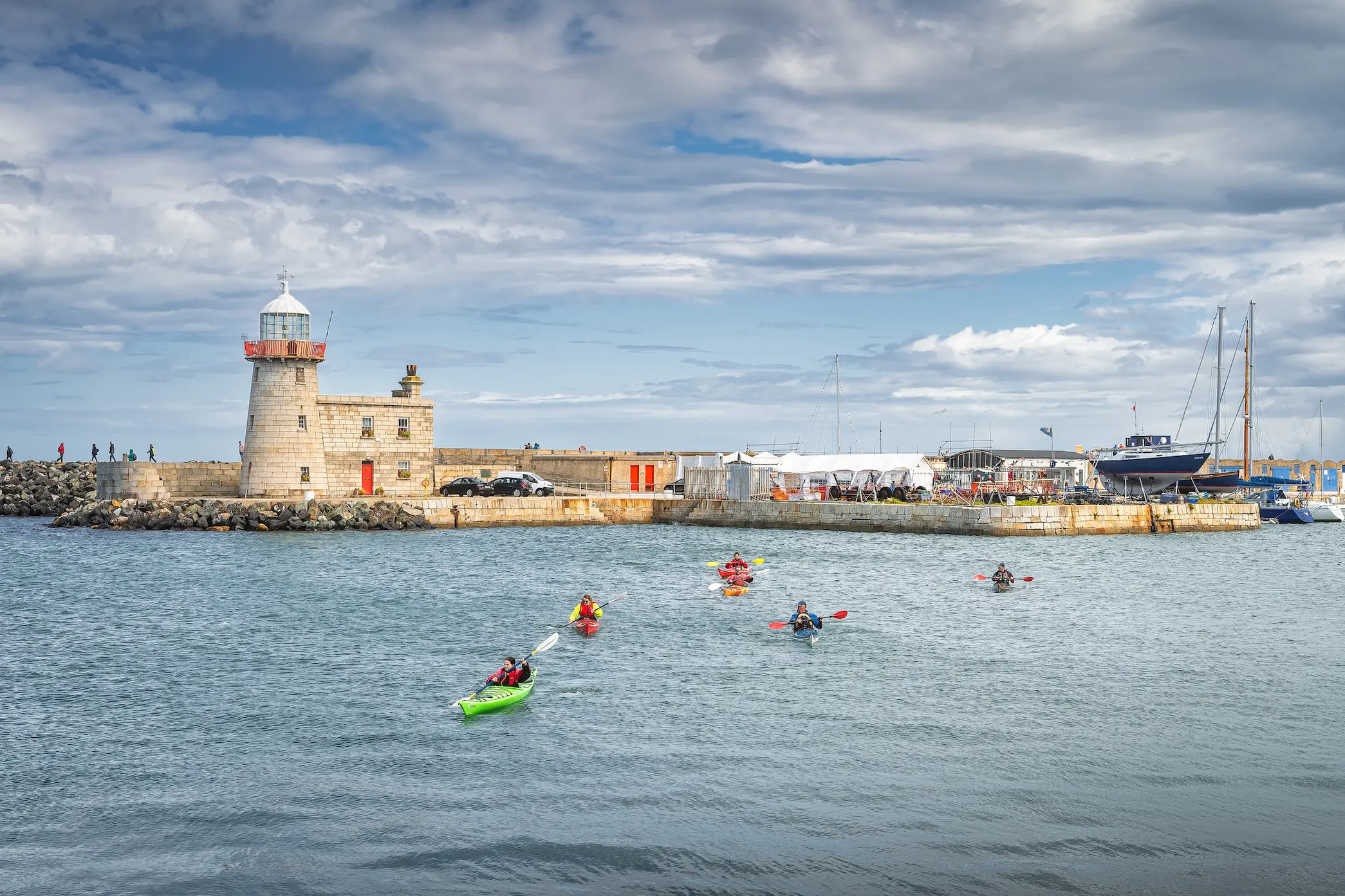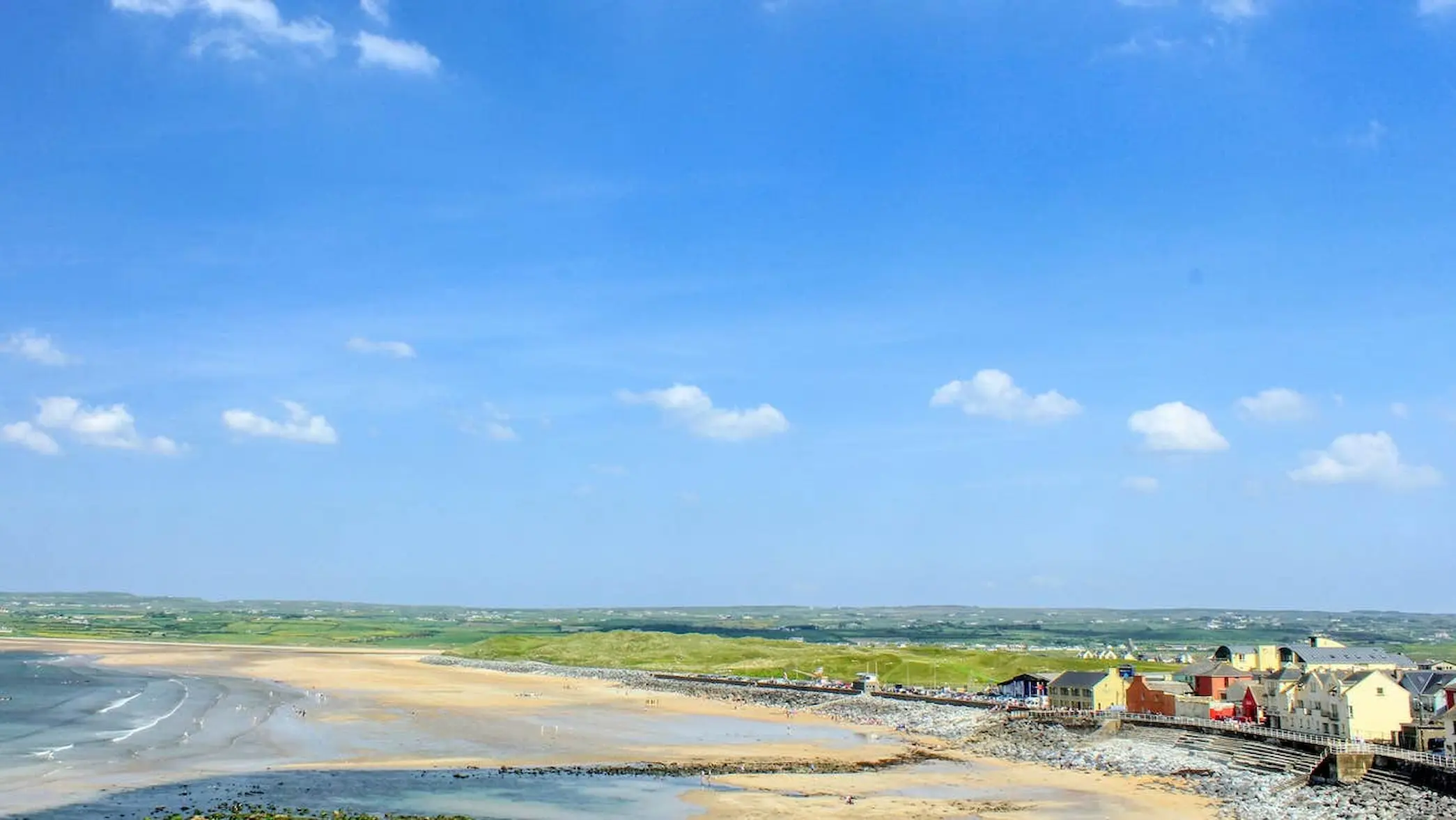Charging your car with a kite might be closer than you think
Launched this month, a new European collaboration, DEM-AWE, is set to demonstrate a battery energy storage system powered by a kite (K-BESS), a groundbreaking market-entry application for airborne wind energy (AWE).
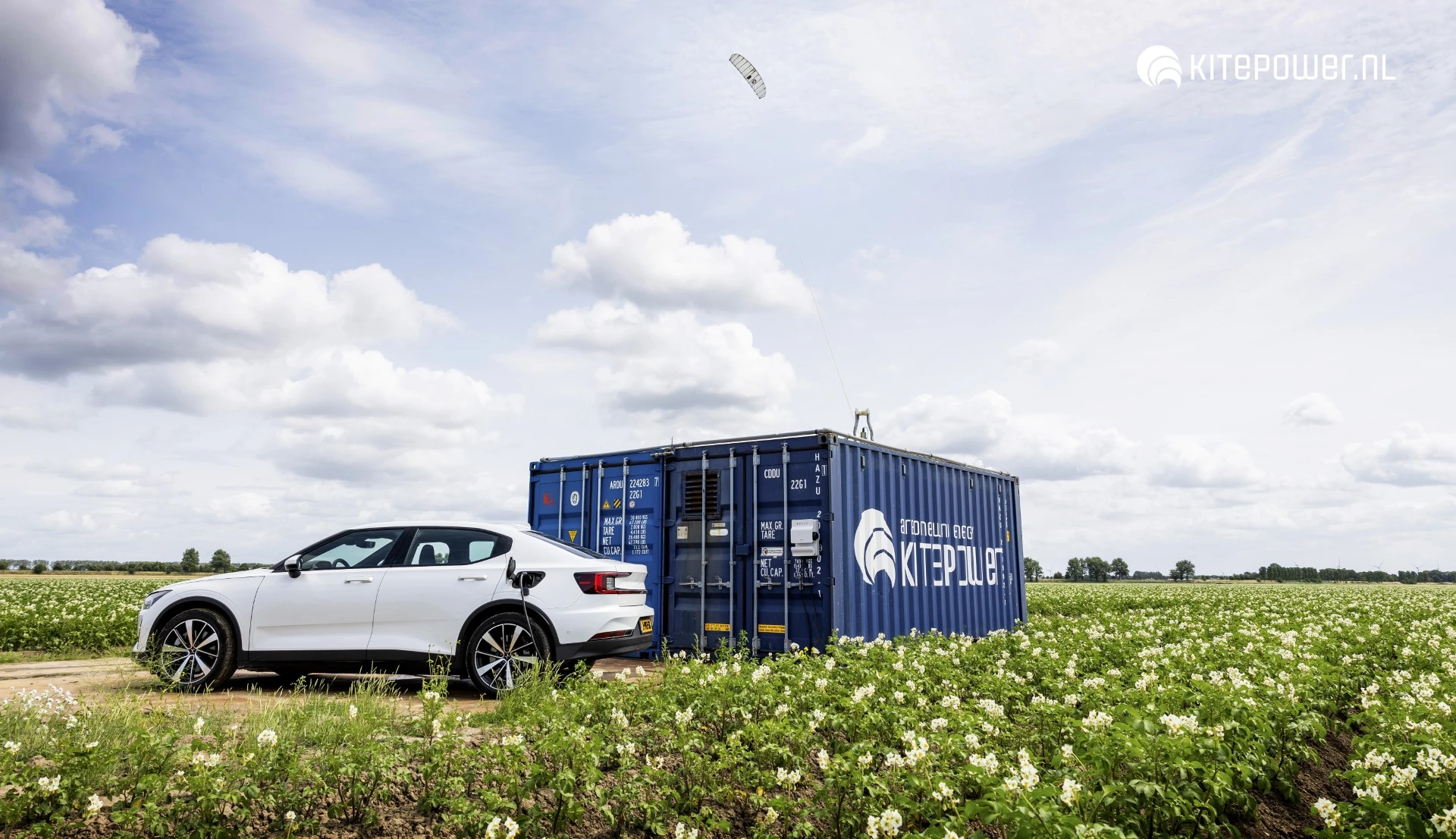
This new mobile renewable energy solution, named K-BESS and developed by the Dutch start-up Kitepower, can potentially replace diesel-burning generators in agriculture and construction, while also enabling clean electrification for many people living in remote and island communities as well as for disaster relief applications.
Kitepower joined forces with the industry association Airborne Wind Europe, Irish specialist services company BlueWise Marine, French consultancy Laminak Energy and Mayo County Council to demonstrate the viability of K-BESS and how it can help the airborne wind energy technology enter the energy markets.
“Kitepower is honoured to be part of the DEM-AWE project. We can demonstrate our K-BESS technology and create the jobs of tomorrow by training local operators. This is a major milestone of making this new class of renewable energy systems a reality, which will have a huge potential to reduce CO2 emissions,“ says Johannes Peschel, Founder and CEO at Kitepower.
Capturing wind energy at 300m heights and above, airborne wind energy taps into previously inaccessible energy resource, offering an additional boost for achieving targets for innovative renewable energy technologies set in the EU Renewable Energy Directive and National Energy and Climate Plans (NECPs).
The DEM-AWE demonstration will span a minimum of 12 months with a K-BESS prototype sized for its capability to charge a 400kWh battery in 10 hours at two test-sites in Mayo, Ireland, and Dirksland, Netherlands. This extensive trial will provide valuable operational data, experience, and feedback from stakeholders to produce a reliable new solution.
Both test sites are already permitted and consented for Kitepower’s AWE system through the MegaAWE project, implemented through Interreg North-West Europe during 2020-2023. The DEM-AWE project will extensively focus on actual operations towards performance validation, user involvement, safety, maintenance, optimisation of control strategies, and regulatory compliance.
Social acceptance is a key aspect of the development of renewable energy solutions, and Mayo County Council will facilitate the engagement process with the local population and stakeholders.
BlueWise Marine and Laminak Energy will conduct a market-entry study and translate the lessons learnt into a joint action plan, preparing for wider airborne wind energy roll-out in Ireland and Germany as well as replication in other countries in North-West Europe.
The results of this project and the learnings from the MegaAWE project will be consolidated into a comprehensive action plan by Airborne Wind Europe, with support of BlueWise Marine and Laminak Energy.
For every maturing energy technology, system demonstration is crucial to enter the energy market. By gathering several months of track-record at two different test sites, the DEM-AWE project will provide the EU Commission, the Member States, utilities, and industry stakeholders with proof of the added-value airborne wind energy can bring to the North-West Europe renewable energy mix.
“The DEM-AWE project provides an excellent opportunity to build confidence among regulators, investors, European policy makers and national governments about the opportunities that AWE will be able to deliver as an emerging, innovative technology. Moreover, by exploring the key entry markets for the first commercial AWE systems, the DEM-AWE project will benefit the airborne wind energy sector as a whole,“ says Kristian Petrick, Secretary General of Airborne Wind Europe.
Supported by the Interreg North-West Europe Programme and led by Airborne Wind Europe, the DEM-AWE project represents a significant step towards a more diversified, sustainable, and inclusive energy future.


